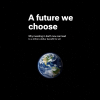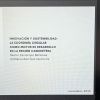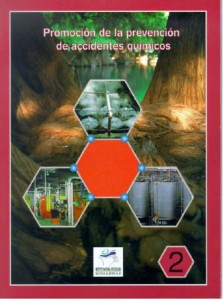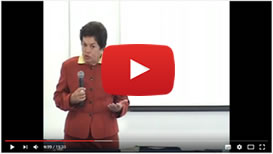- Versión
- Descargar 45
- Tamaño del archivo 80.00 KB
- Recuento de archivos 1
- Fecha de creación 22 septiembre, 2018
- Última actualización 22 septiembre, 2018
What A Waste 2.0 : A Global Snapshot on Solid Waste Management to 2050
By 2050, the world is expected to generate 3.40 billion tonnes of waste annually, increasing drastically from today’s 2.01 billion tonnes. What a Waste presents national and urban waste management data from around the world and highlights the need for urgent action. The publication provides a snapshot on how waste generation and management varies across income levels and regions, and shares good practices globally. Solid waste management is one of the most important urban services, yet it is complex and expensive, accounting for approximately 20% of municipal budgets in low-income countries and 10% of municipal budgets in high-income countries. Costly and complex waste operations must compete for funding with other priorities such as clean water and other utilities, education, and healthcare. Waste management is often managed by local authorities with limited resources and limited capacities in planning, contract management and operational monitoring. These factors make sustainable waste management a complicated proposition on the path of economic development and most low and middle-income countries and their cities are struggling to address the challenges. Waste management data is critical to creating policy and planning for the local context. Understanding how much waste is generated—especially with rapid urbanization and population growth—as well as the types of waste being generated allows for local governments to select appropriate management methods and plan for future demand. It allows governments to design a system with a suitable number of vehicles, establish efficient routes, set targets for diversion of waste, track progress, and adapt as consumption patterns change. With accurate data, governments can realistically allocate budget and land, assess relevant technologies, and consider strategic partners for service provision such as the private sector or non-governmental organizations. The publication strives to provide the latest and most realistic information available to empower citizens and governments around the world to take action and address the pressing global crisis of waste.








